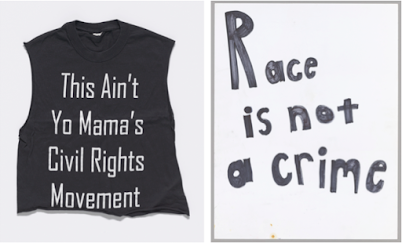If you're facing an externship, a summer clerkship, or your first job after law school, there's a good chance that you'll suddenly realize that you'd like to improve your skills. It's not that you learned nothing in law school—just that there's an awful lot to know, and you haven't been in a setting where you need to do a lot of things. How do you serve papers? How do you manage privileged documents? What's the deal with document review?
Bloomberg Law now offers you a suite of very practical documents to help fill that gap. In the Litigation Intelligence Center, choose the Core Litigation Skills Toolkit.
The documents are divided into Litigation Research, Litigation Writing, Motions Practice, Serving and Filing Documents, Using BLAW Research Tools, Document Review, and Privilege Review. Just from that list, you can imagine how helpful the toolkit can be!
Some of the documents and checklists are by Bloomberg staff. "Perspectives" pieces are by guest authors. For instance, the documents on writing memos and writing persuasive briefs are by a lawyers from from big firms (Baker McKenzie and Goodwin, respectively).
 |
| Maya Swanes |
These resources are not "all Bloomberg, all the time." In fact, most of them are just about the nuts and bolts of practice, without promoting Bloomberg Law's databases--although Bloomberg does have some material that can be really helpful.
UW Law students, if you've never gotten around to setting up your Bloomberg account, see our page on acccess to restricted databases (you will need to use your UW NetID and password to access this page). We even have videos to help you register: check out our Registering for and Using Legal Databases page on our guide, Gallagher Basics: Welcome to Law School!




